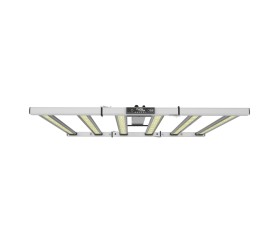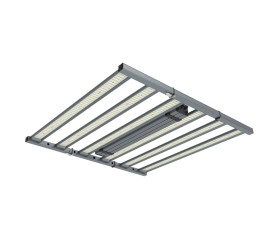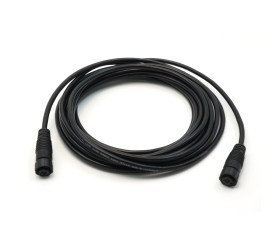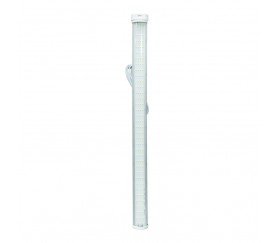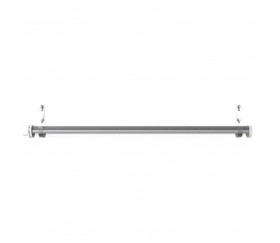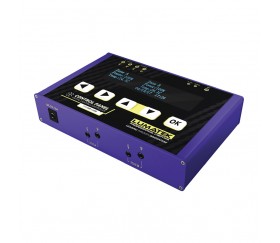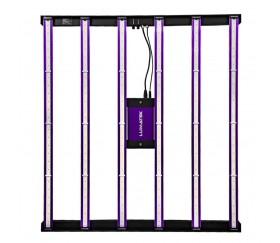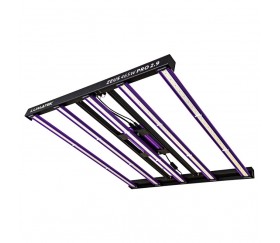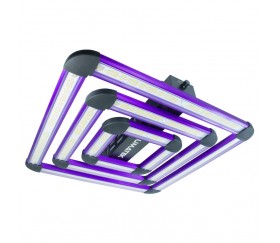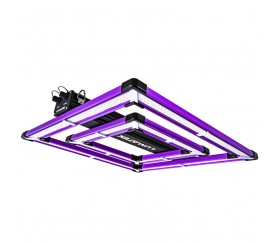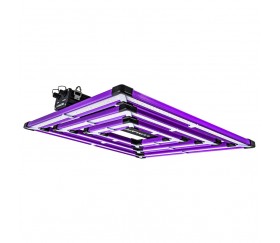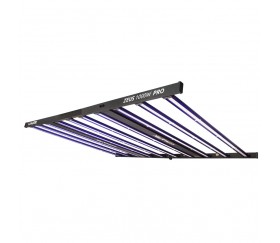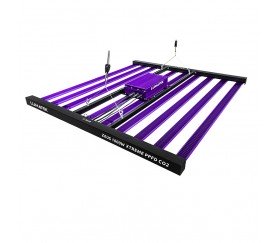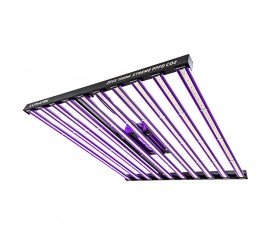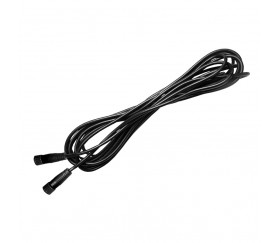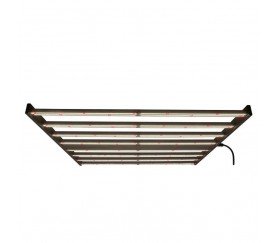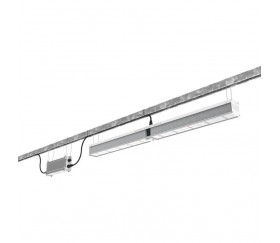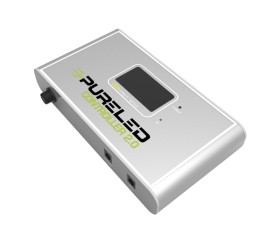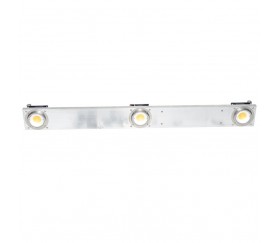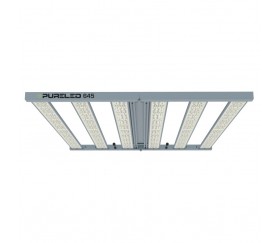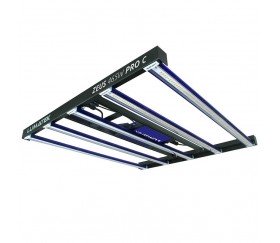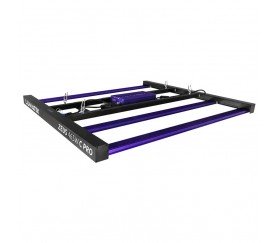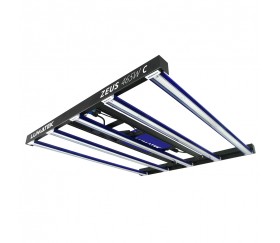LED Grow Lights

What is LED Lighting?
LED stands for Light Emitting Diode. A diode is a semiconductive device that has two terminals, allowing electricity through in one direction. When a determined amount of pressure is applied, the electrons recombine and release energy that generates light.
When LED lights first came around in cannabis grows, they were originally designed for the growth period alone, although nowadays they’ve improved quite a lot in quality and performance.
Keep ready to find out more about the advantages of LED lighting for growing cannabis indoors.
High Quality Affordable LED Lighting
Once you get over the initial investment, LED lighting is quite affordable when compared to other lighting systems.
- High yields: 1.2 – 1.4 grams per watt.
- Generates less heat, so less AC costs.
- Better option for large grows.
- Quickly makes your money back.
- Lasts 10 times longer than HPS systems.
- Saves on your monthly electric bill.
Benefits of LED Lighting in Cannabis Grows
- Larger yields than HPS grow lights.
- More dense, compact buds.
- Less heat in your grow room means more trichomes and terpenes.
- The resulting cannabis is more potent and has a more intense flavour.
- This is the most eco-friendly indoor growing method with the smallest carbon footprint.
What Should I Keep in Mind when Picking LED Grow Lights?
In the descriptions of our LED lighting systems you’ll find units of measurement such as PPFD and PPD.
When it comes to growing cannabis, apart from light you should also keep an eye on the Photosynthetically Active Radiation (PAR).
PAR is the radiation of the length of the wave that causes photosynthetic activity in your plants. These are waves that have around a 400 – 700 nm nanometre range.
PPF is the measurement of the amount of PAR produced per second by your grow lights, and it’s expressed in micromoles per second (μmol/s). PPF doesn’t indicate the amount of PAR your pants are receiving, but rather the lamp’s capacity to create PAR.
PPFD measures the density of the photon flow, which is involved in photosynthesis. It’s the amount of PAR that reaches your plants and it is measured in micromoles per square meter per second (μmol/m2/s).
The PPFD varies depending on the distance of your LEDs from the plants. In order to measure it you’ll need to have a portable PAR meter and take measurements at various spots at the same height in order to get an average that will work for all of your plants.
The Best PAR for Growth and Flowering
- Seeds: 100-300 PPFD
- Clones: 75-150 PPFD
- Veg: 350-550 PPFD
- Bloom: 550-900 PPFD
Keep in mind that sativa strains can deal with higher PPFD levels (up to 1100 – 1200 during the bloom period).
What LED lighting should you get for your indoor grow?
At La Huerta Grow Shop you can find the best LED lighting systems at highly affordable prices.
Let’s have a look at our LED systems and how much space they can cover, depending on their strength:
- 200W LED replaces a 250W HPS bulb. Covers approximately 80x80cm.
- 300W LED replaces a 400W HPS bulb. Covers 1mx1m.
- 465W-480W LED replaces a 600W HPS bulb. Covers 1.20x1.20cm.
- 600W-645W LED almost replaces a 1000W HPS bulb. Covers 1.50x1.50cm.
At What Height Should my LED Lighting Be?
The best way to calculate the distance your LED lighting should be at is to use a PAR meter (luxometer) and use the PPFD guidelines for each stage.
Lumatek is a manufacturer that includes graphics in their LED details with the right distances and PPFD meters for each system – check their page for more information.
Each manufacturer recommends certain distances for the bloom period and they also recommend to lower the power during the growth period.
If you grow pure sativa plants you can use the lowest recommended distance – if not, you could have them sitting somewhere between.
- LED panels 200-300W-465W. From 15 to 30cm.
- LED panels starting from 600W, 45-50cm.
Don't wait any longer and switch to the lighting of the future.
Subcategories












